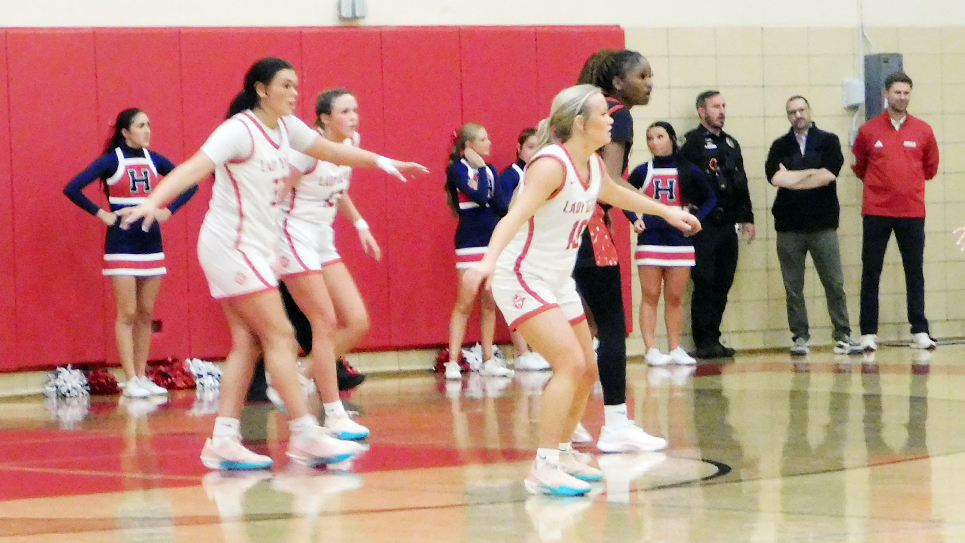‘Wait ’til you see that run on the newsreels’
By Tom Mattingly
Radio play-by-play announcers from a long-ago day, exemplified by Bill Stern and Ted Husing, were quite good in describing a game their listeners couldn’t see. Here’s an example.
The venue was the 1951 Cotton Bowl. Stern was at the NBC microphone for Tennessee versus Texas. Texas was favored, but Gen. Bob Neyland had instilled a spirit in his team that gave the Vols a fighting chance, despite being outweighed across the board. The Vols hadn’t lost since late September and had pitched five shutouts in the nine games since.
The Vols had three future College Football Hall of Fame members—Hank Lauricella, John Michels, and Doug Atkins—on the squad, plus Neyland, so that had to have helped.
Here’s the way Stern described Lauricella’s 75-yard run in the first quarter, taken from a wire recording of the game. It’s one of the top runs in Tennessee football history, and Stern’s commentary makes it even more so. (Keep in mind that a great many things can happen to an announcer describing a game in front of a live microphone, so the transcript of the play-by-play may have an inaccuracy or two.)
It’s Tennessee’s ball, first-and-10, at the Vol 20. The Vols are moving to the north end of the Cotton Bowl. Cue the tape.
“Single-wing right. Hank Lauricella is the tailback,” Stern reported. “He’s going outside his own right end. He’s up to the 25, the 30, into the clear at the 35, the 40, the 45, the 50, down to the 45.
“He’s hemmed in at the 43 [NOTE: How good was Bill Stern? He’s followed Lauricella every five yards, yet is able to note exactly where he was “hemmed in”], gets away, down to the 25. He’s still running. He’s down to the 20, reverses his field once more to the 15, the 10, and he’s finally knocked down at the 5-yard line by Harley Sewell.”
But that wasn’t all. Stern quickly brought the run into perspective for his listeners, showing the acumen that made him one of radio’s best-known play-by-play men ever.
“Hank Lauricella went 85 [actually 75] yards for Tennessee, and time is out. Hank Lauricella went 85 yards. He started on his own 5 [actually the 20], zigzagged all the way up the field. He was almost out of bounds on two occasions.
“It looked like they had him pinned against the sidelines. Each time, he did a tightrope act. Stayed in bounds and, at the 30, it looked like the whole Texas team had a shot at him. He got down to the five, and Harley Sewell got him.”
More perspective.
“It’s first-and-five and, believe me, wait ’til you see that run on the newsreels. That was a thriller. He did a tightrope act on the sideline that would make any tightrope walker jealous and, when he got to the center of the field, he broke into the clear about the 50, started zigzagging on the 40. Since he was zigzagging and they were running straight, they could overtake him.
“They hit him from behind on about the 40, and somehow, he managed to elude the grasp of four Texans. He completely reversed his field, spun on a dime, handed them eight cents in change, cut toward the center of the field, and again burst into the clear at the 25. He eluded three more men and got down to the five, and Harold [Herky] Payne has taken his place.”
For the record, Tennessee scored after Lauricella’s run on a fourth-down pass from Payne to tight end John Gruble, but trailed 14-7 at the half.
Herky didn’t play much after his TD pass to Gruble, saying he “threw for one… through for the day.” He would tell that story on a moment’s notice at the Knoxville Quarterback Club, Long’s Drug Store, or S&S Cafeteria and enjoy it heartily.
Neyland had predicted the Vols would rally in the second half. That’s exactly what happened. The Vols won the fourth quarter 13-0, as Andy Kozar scored twice and Jimmy (Cowboy) Hill had a key interception and fumble recovery.
After Kozar’s first touchdown, Pat Shires had missed the extra point, but Neyland had words of inspiration, telling him, “We didn’t come down here to tie.” Shires booted the point after Kozar’s second score, making the final tally 20-14.
There is continuing debate about the merits of the 1950 11-1 Tennessee team versus the 10-1 1951 national championship Vol squad. Both teams were among Neyland’s best in his three tenures as Tennessee head coach. On this day, however, the Vols pulled off an upset that caught the attention of the football world. That would lead to the Vols winning 18 of their next 22 games with one tie, ending Neyland’s tenure as head coach.






